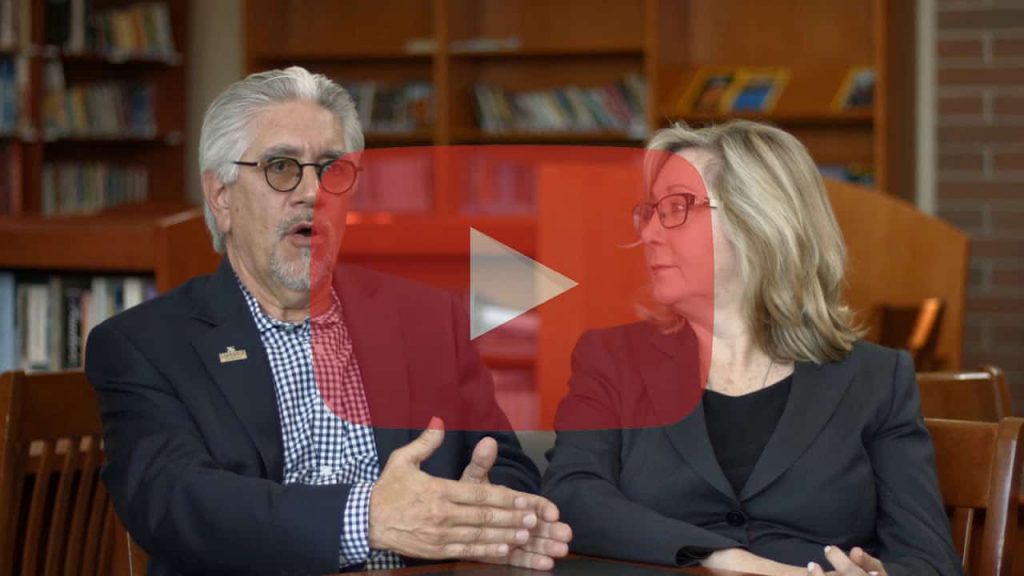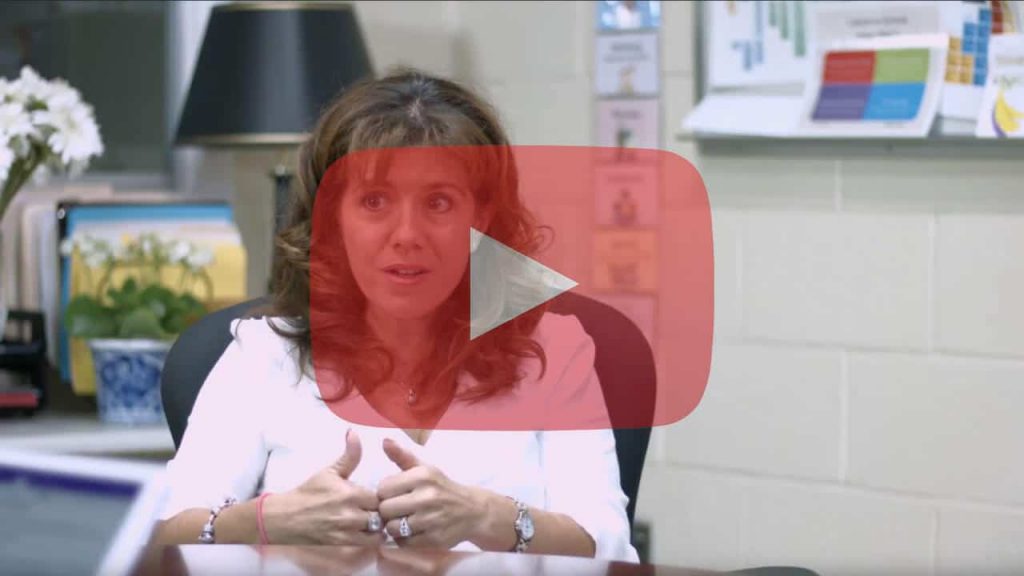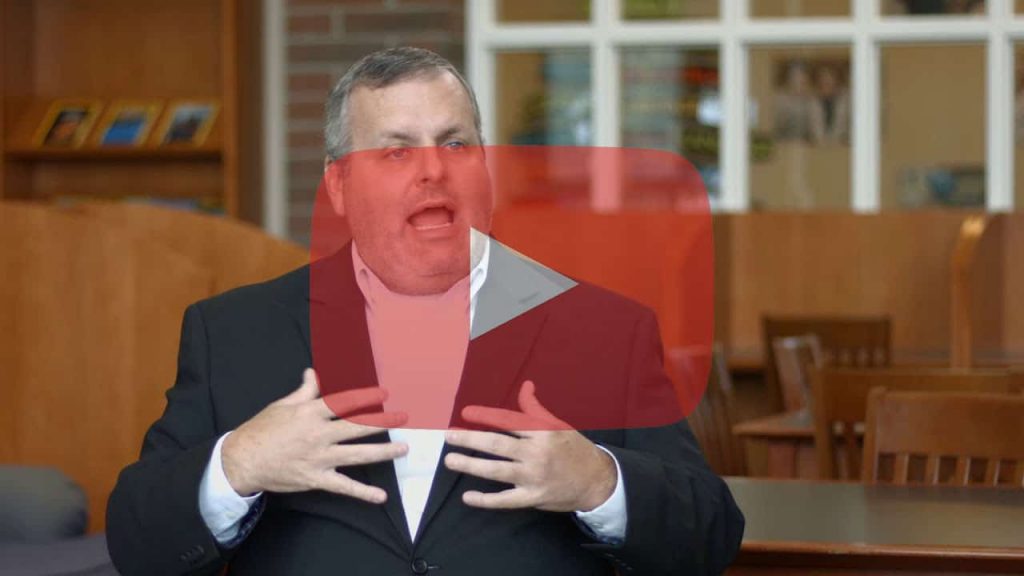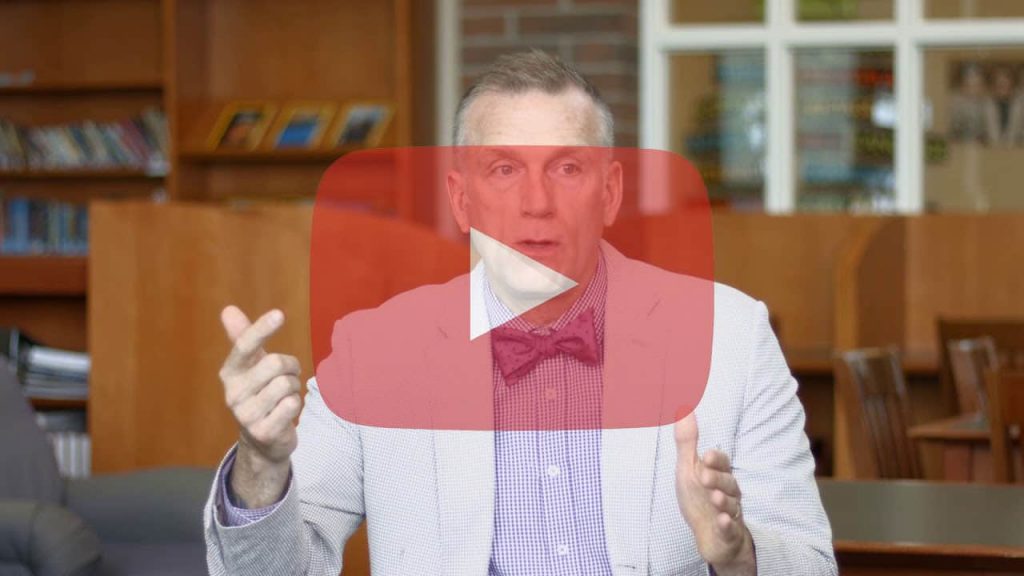Sign up for our monthly Leap Update newsletter and announcements from the Leap Ambassadors Community:
By clicking "Stay Connected" you agree to the Privacy Policy
By clicking "Stay Connected" you agree to the Privacy Policy
Effective Working Groups
When faced with complex problems, harnessing the insights of people across your organization can yield creative solutions. Lawrence School leaders share their strategy for collective problem-solving.
Let’s say your organization isn’t reaching the population you’re equipped to serve, you find that your programming is unattractive or ineffective, or you’ve identified another complex problem from your Performance Practice conversations. You realize you need to make some changes, but how?
Our best as individuals is necessary but not sufficient. These days high performance demands that we do what we ‘must.’ What we must do lies above and beyond what any of us as individuals can do.
—Lou Salza
Head of School
Lawrence School
Some problems can’t be solved by a person or even a team. As Lou Salza explains, “Our best as individuals is necessary but not sufficient. These days high performance demands that we do what we ‘must.’ What we must do lies above and beyond what any of us as individuals can do.”
Convening a time-limited working group of people with different perspectives can generate ideas and solutions you wouldn’t have thought of on your own.
Watch Head of Lawrence School Lou Salza and past President of the Board Susan Karas describe the working group approach and its unique benefits—then scroll down for examples of working groups in practice and tips for applying the approach in your organization.

Everyone knows that early intervention for children with learning differences is best, but not all parents know what kind of educational setting will work best before their children enter school. Enrollment in the early grades was low at the Lawrence Lower School. How could Lawrence leaders help parents of children with learning differences avoid years of frustration—for their children and themselves—by identifying what would work as early as possible?
Solution: Head of Lower School Vanessa Diffenbacher and Admissions Director Doug Hamilton tell the story of how a working group increased lower grade enrollment.

Teens vote with their feet, so when students weren’t attracted to the Lawrence Upper School summer program options, they simply didn’t sign up—several years in a row. Students with learning differences were missing out on programming that could help them immensely, and the faculty had exhausted their ideas.
Solution: Watch Head of Lawrence Upper School Jason Culp share how a working group cracked the code to help create the school’s first attractive summer program for teens.

The commitment to help every student succeed weighed heavily on the Lawrence School leadership team. Every time they enrolled a child they were ill-equipped to help, it spelled frustration for the student and family—and failure for the school to live up to its promise. The first step to ensuring a high success rate was to enroll the right students consistently.
Solution: Watch Admissions Director Doug Hamilton describe how a working group identified which students the school could help succeed—and which students would be best served by a referral to another school.

Want to encourage collaborative, creative problem-solving by trying a working group approach in your organization? Here are Lawrence School leaders’ tips for getting started:
1. Define the problem. Consider using the Performance Practice to increase your collective understanding of the problem and define it in a way that resonates with everyone. It’s important that everyone agrees on the problem’s definition before the group starts crafting a solution.
2. Decide who you need. At Lawrence School, working groups always include a core group and a group of advisors:
Membership in a working group requires that we lower the armor of title and expertise, bring our best selves to the conversation, listen with open minds and hearts to one another and then act with the highest and best aspirations consistent with our mission, vision, and values.
—Lou Salza
Head of School
Lawrence School
Each working group needs 1) a chairperson who takes responsibility for promoting the work of the group and keeping the core group on task and on schedule; and 2) an individual who takes notes about the discussion, decisions, and schedules. And if the topic is highly charged, consider getting an external facilitator.
3. Agree on the process. How often will the working group meet? What is its timeline for solving the problem? Set milestones and dates for reaching them. What are the ground rules for interaction?
4. Go! Turn the working group loose, check in regularly, and wait for their recommendations!
Do you want to apply the working group approach to one of your organization’s complex problems? Try using the Performance Practice (formerly PIOSA) to define the problem first.
Last Updated: September 26, 2018
This document, developed collaboratively by the Leap of Reason Ambassadors Community (LAC), is licensed under a Creative Commons Attribution-NoDerivatives 4.0 International License. We encourage and grant permission for the distribution and reproduction of copies of this material in its entirety (with original attribution). Please refer to the Creative Commons link for license terms for unmodified use of LAC documents.
Because we recognize, however that certain situations call for modified uses (adaptations or derivatives), we offer permissions beyond the scope of this license (the “CC Plus Permissions”). The CC Plus Permissions are defined as follows:
You may adapt or make derivatives (e.g., remixes, excerpts, or translations) of this document, so long as they do not, in the reasonable discretion of the Leap of Reason Ambassadors Community, alter or misconstrue the document’s meaning or intent. The adapted or derivative work is to be licensed under a Creative Commons Attribution-NoDerivatives 4.0 International License, conveyed at no cost (or the cost of reproduction,) and used in a manner consistent with the purpose of the Leap of Reason Ambassadors Community, with the integrity and quality of the original material to be maintained, and its use to not adversely reflect on the reputation of the Leap of Reason Ambassadors Community.
Attribution is to be in the following formats:
“From ‘Performance in Action: Effective Working Groups, “Collective Process, Smart Solutions”,’ developed collaboratively by the Leap of Reason Ambassadors Community, licensed under CC BY ND https://creativecommons.org/licenses/by-nd/4.0/. For more information or to view the original product, visit https://leapambassadors.org/performance-articles/collective-process-smart-solutions/.”
The above is consistent with Creative Commons License restrictions that require “appropriate credit” be required and the “name of the creator and attribution parties, a copyright notice, a license notice, a disclaimer notice and a link to the original material” be included.
The Leap of Reason Ambassadors Community may revoke the additional permissions described above at any time. For questions about copyright issues or special requests for use beyond the scope of this license, please email us at info@leapambassadors.org.
We use cookies for a number of reasons, such as keeping our site reliable and secure, personalising content and providing social media features and to analyse how our site is used.
Accept & Continue